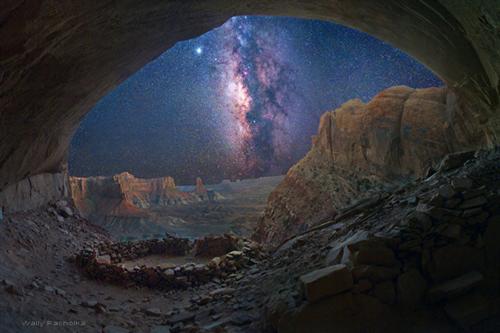The very last Space Shuttle flight will take place on February 26, 2011. After that, American astronauts will have to bum rides with the Russians if they want to visit the International Space Station. Shame.
There’s two more missions aboard the Space Shuttle. There’s one on November 1, 2010 (Space Shuttle Discovery, STS-133) and the aforementioned February, 2011 one (Space Shuttle Endeavour, STS-134).
Apparently Space Shuttle Atlantis may get one more flight, but Nasa will wait until next month before it decides one way or the other.
Both flights will bring various pieces of equipment to the ISS, chief among them the ALPHA MAGNETIC SPECTROMETER~! which is a type of cosmic ray detector that Nasa hopes will be used to better understand the formation and structure of the universe.
And yup, after this we’ll have no way of getting to the ISS without having to pay the Russians for a seat on one of their spacecraft—slightly embarrassing for a country as wealthy as the U.S. to not have an active space program, yes.



 The Large Synoptic Survey Telescope (LSST) is "a proposed ground-based 6.7 meter effective diameter (8.4 meter primary mirror), 10 square-degree-field telescope that will provide digital imaging of faint astronomical objects across the entire sky, night after night." What's that mean? Well, it means, if it's built, we'll have a telescope attempting to catalog the entire night sky into an absolutely massive 150 petabyte database. Awesome!
The Large Synoptic Survey Telescope (LSST) is "a proposed ground-based 6.7 meter effective diameter (8.4 meter primary mirror), 10 square-degree-field telescope that will provide digital imaging of faint astronomical objects across the entire sky, night after night." What's that mean? Well, it means, if it's built, we'll have a telescope attempting to catalog the entire night sky into an absolutely massive 150 petabyte database. Awesome! Not content with his first astronautic experience, Ex-Microsofter billionaire Charles Simonyi is now training for a second trip to the International Space Station in Spring 2009. Simonyi will be the first repeat Space Adventures customer since the company began sending private citizens into the final frontier in 2001.
Not content with his first astronautic experience, Ex-Microsofter billionaire Charles Simonyi is now training for a second trip to the International Space Station in Spring 2009. Simonyi will be the first repeat Space Adventures customer since the company began sending private citizens into the final frontier in 2001. This is exactly why we send
This is exactly why we send  The Mars Phoenix Lander has been
The Mars Phoenix Lander has been